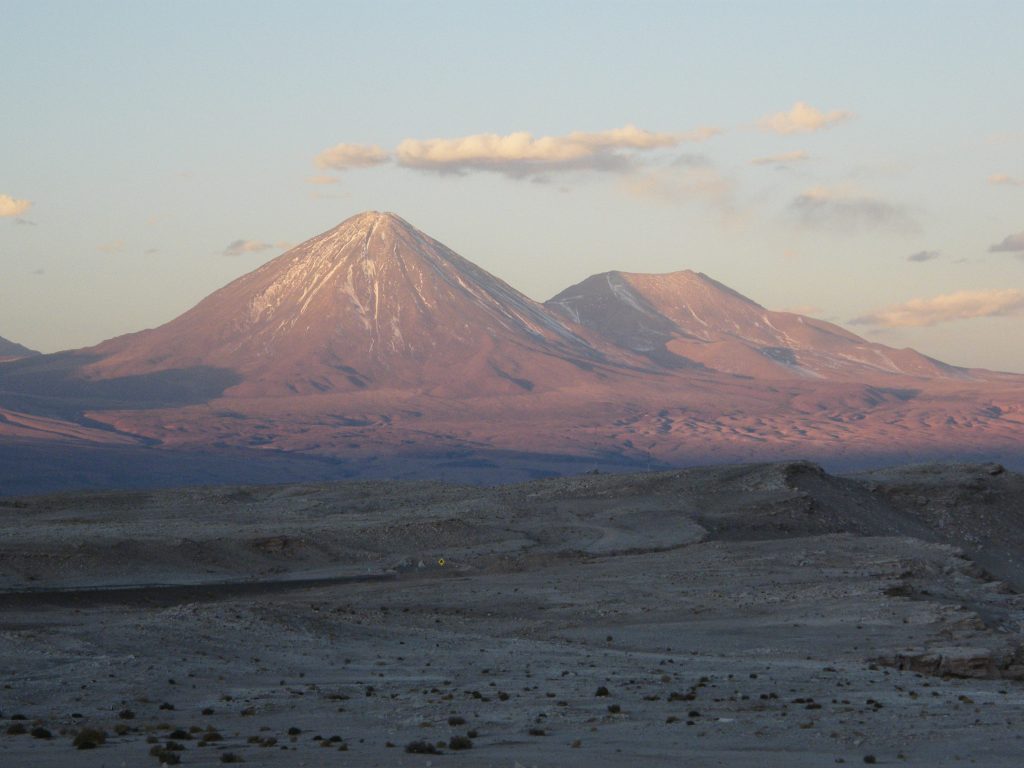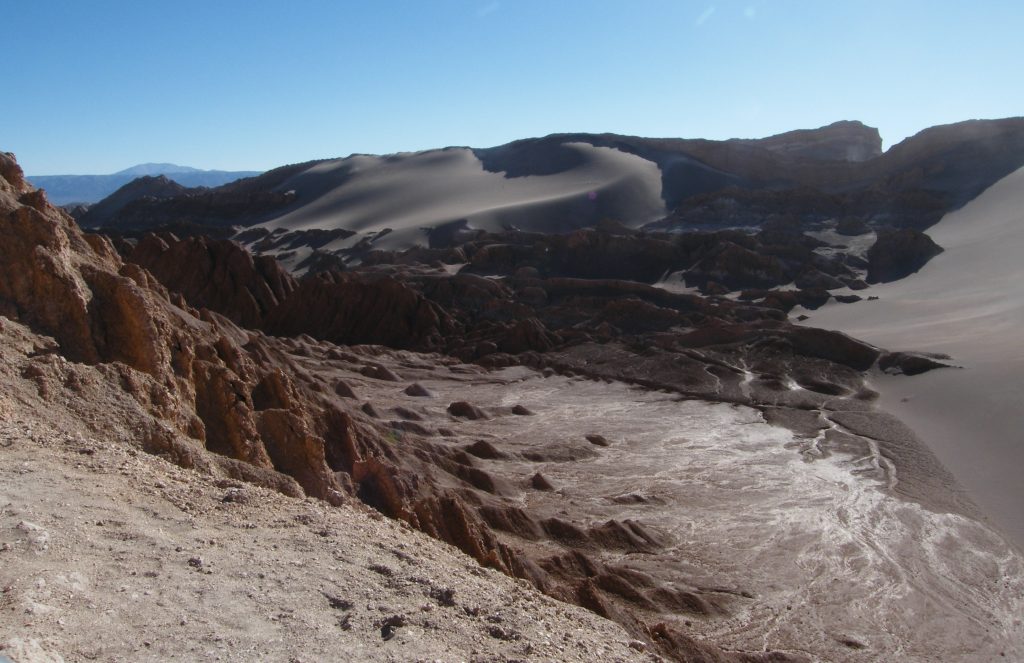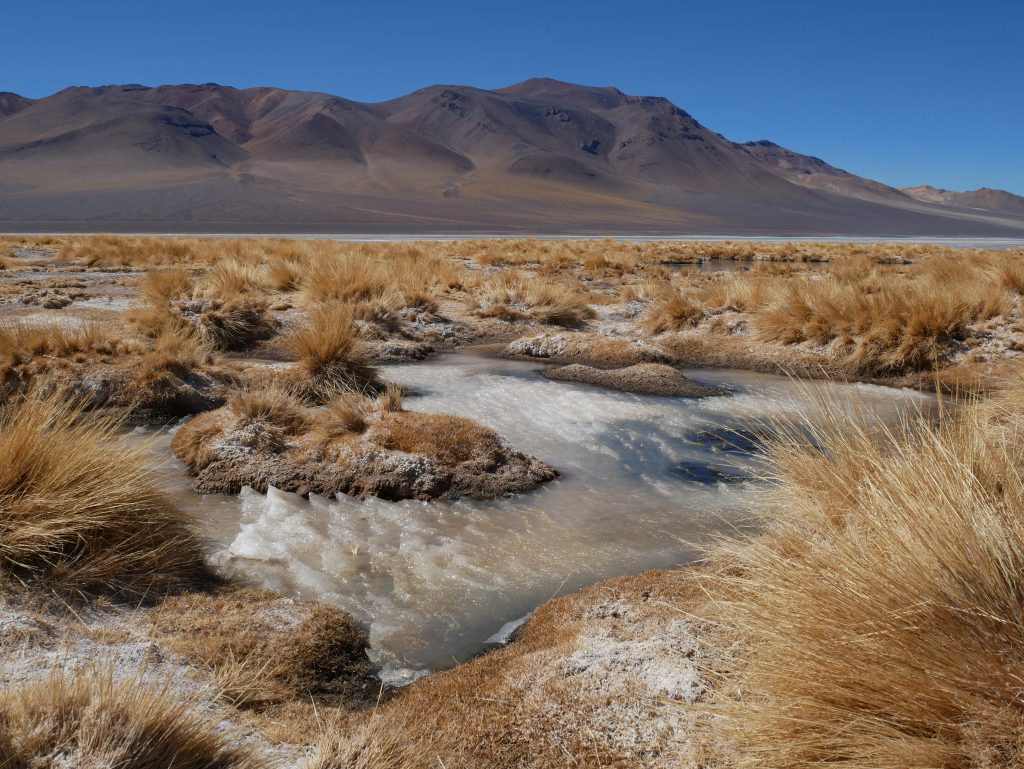From Santiago and its neighbor, the “Pearl of the Pacific,” head for the Norte Grande to explore its Andean natural wonders, from the national parks bordering Bolivia to the Atacama.


Unlike other Latin American capitals founded by the conquistadores, Santiago has retained almost no buildings from the colonial era, and a visit to the remarkable Museo de Arte precolombino is a must to appreciate the diversity of cultures that have occupied the Chilean territory.
The megalopolis has a European feel to it, due to urban planning influenced by French neoclassicism in the 19th century.

The city, which can be seen from the top of the Cerro San Cristobal, has a culture of wine bars. As soon as you leave the city, you’ll discover grape varieties grown at the foot of the Andes, and continue the party in the barrio de Bellavista, with its frescoed facades.
This is a foretaste of Valparaiso, whose upper neighborhoods, gradually rehabilitated without losing their character, are adorned with all kinds of colors.
Like a treasure hunt, we go in search of its mural paintings, jumping from hill to hill with its century-old funiculars, or taking staircases adorned with mosaics, whose decorations play with optical effects.
Let’s leave this port sung by adventurers and poets for the one of Arica, where we will not fail to pay homage to the chinchoro mummies of the Azzapa valley, dating back to 7,000 years before our era.
The city is the gateway to the national parks on the Bolivian border, marked by the perfect cone of the Parinacota volcano, rising to 6,350m. A biosphere reserve, these wild lands are home to vicuñas and flamingos, flying over the Surire salar. The largest in the country is the Atacama, also surrounded by volcanoes and watched over by the silhouette of Licancabur, barely 400m lower than the previous one.

All around are geological wonders: the Valley of the Moon, with its reliefs sculpted by the millennial erosion of wind and water, the sparkling Salt Range created by the tectonic uplift of the bottom of a dried-up lake, the glow of the Valley of Mars, or the gush of the geysers of El Tatio.
Chile
Sophie Reyssat
